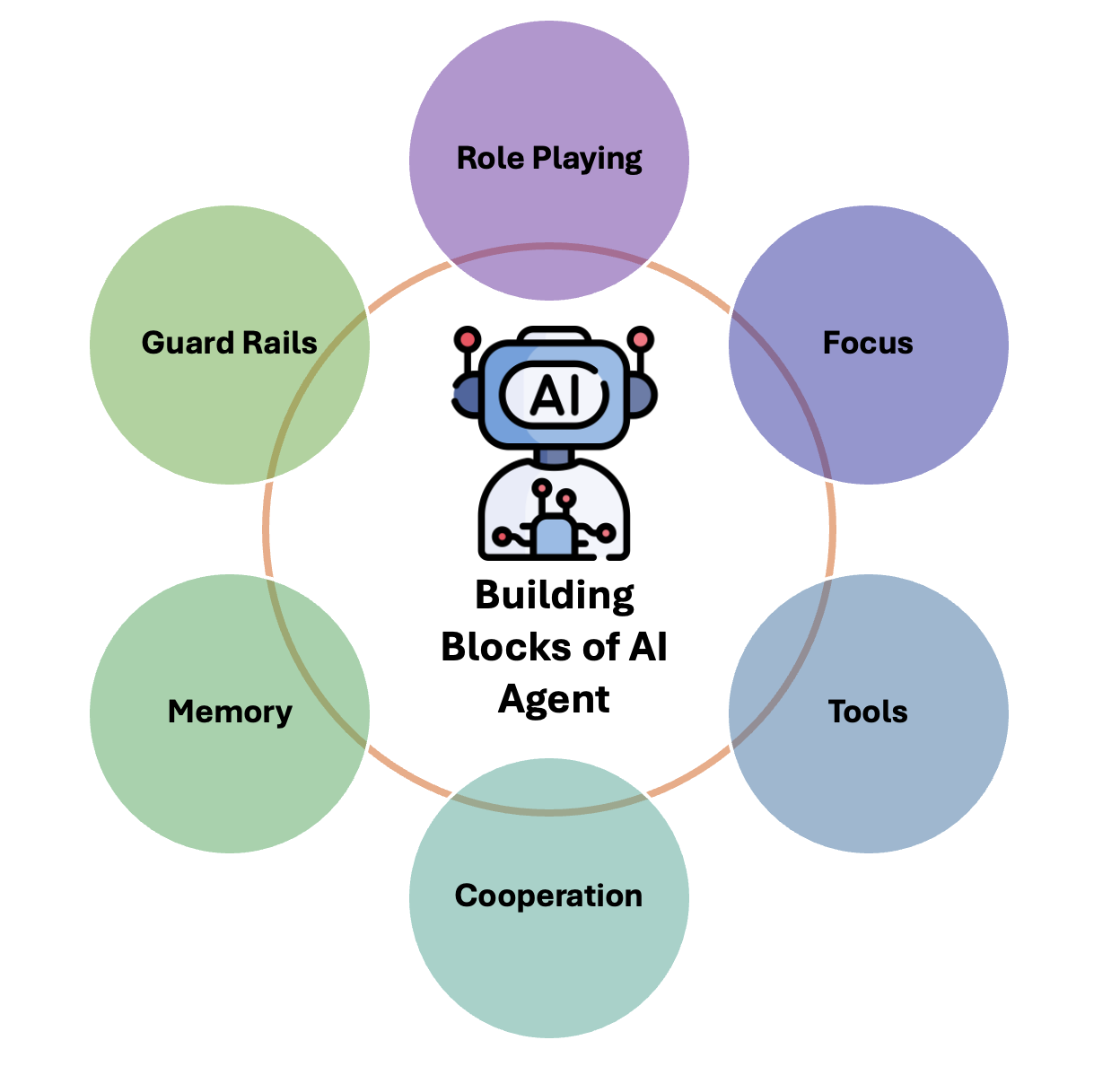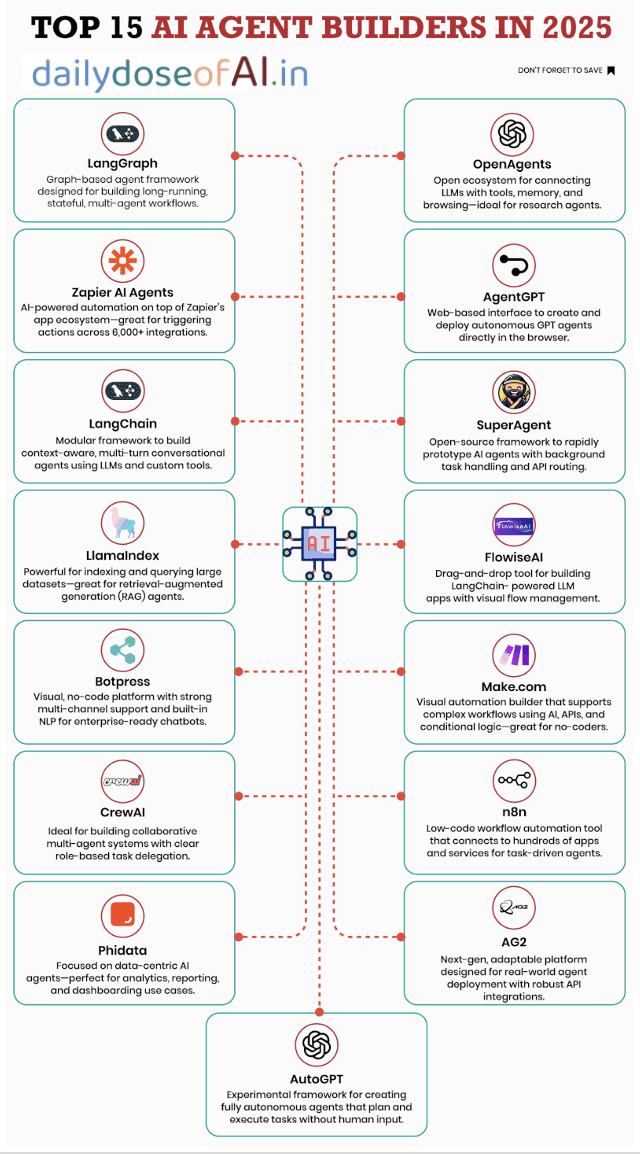AI agents are designed to reason, plan, and take action autonomously. However, to be effective, they must be built with certain key principles in mind. There are six essential building blocks that make AI agents more reliable, intelligent, and useful in real-world applications:
The building blocks of AI agents can be thought of as a layered architecture — each block adds specific capabilities so the agent can sense, think, decide, and act autonomously.
Let’s explore each of these concepts and understand why they are fundamental to building great AI agents.
if you have missed comparison between LLM vs RAG vs Agent. do read.
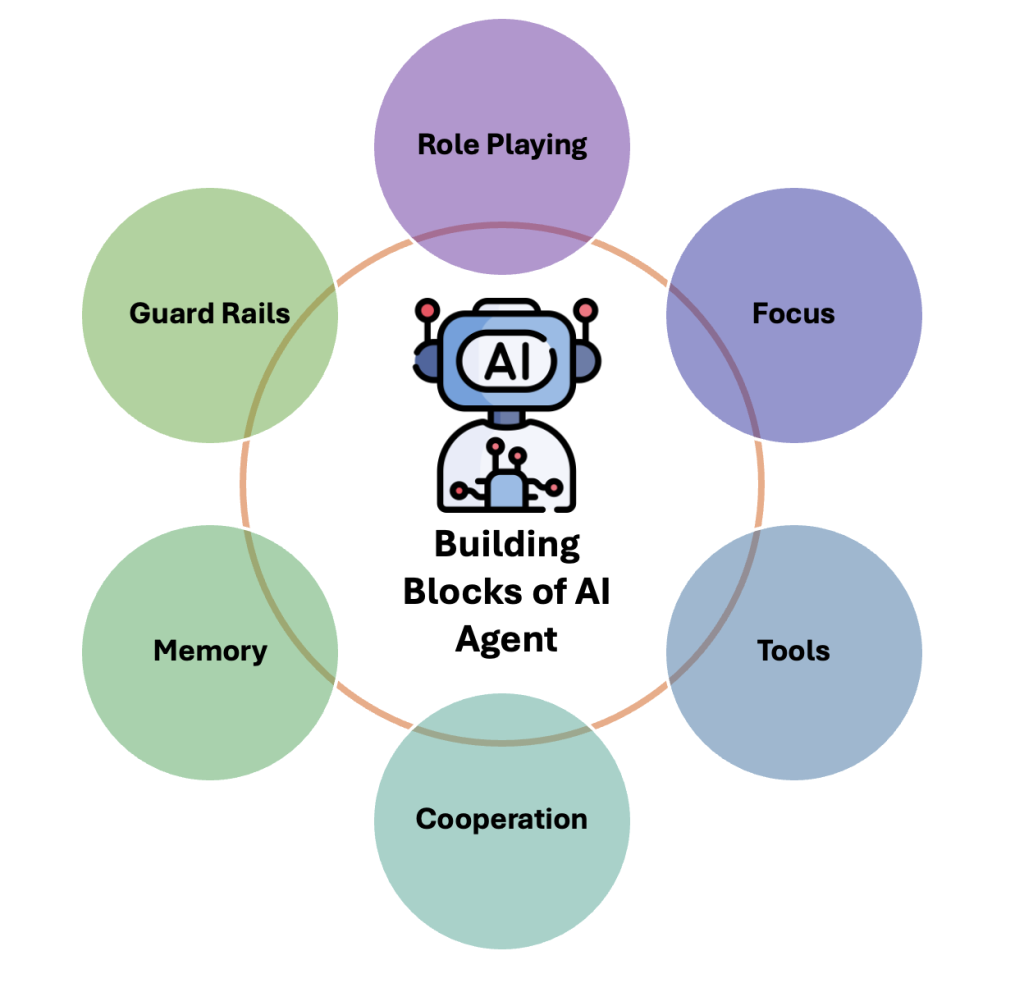
1) Role-playing
One of the simplest ways to boost an agent’s performance is by giving it a clear, specific role.
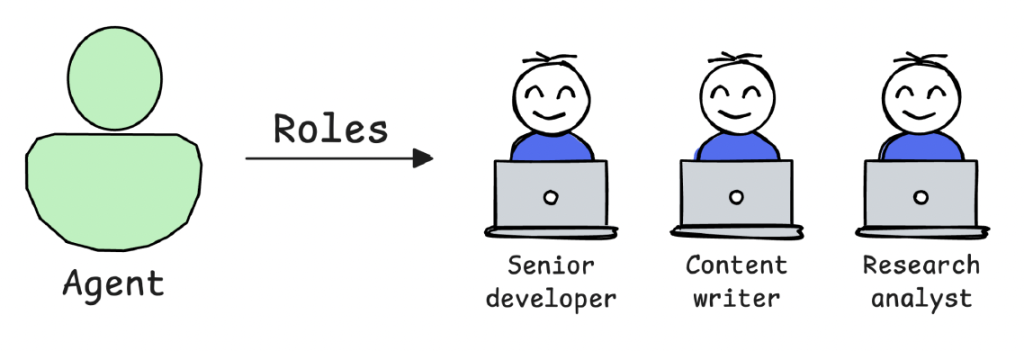
A generic AI assistant may give vague answers. But define it as a “Senior contract lawyer,” and it responds with legal precision and context.
Why?
Because role assignment shapes the agent’s reasoning and retrieval process. The more specific the role, the sharper and more relevant the output.
2) Focus/Tasks
Focus is key to reducing hallucinations and improving accuracy.
Giving an agent too many tasks or too much data doesn’t help – it hurts.
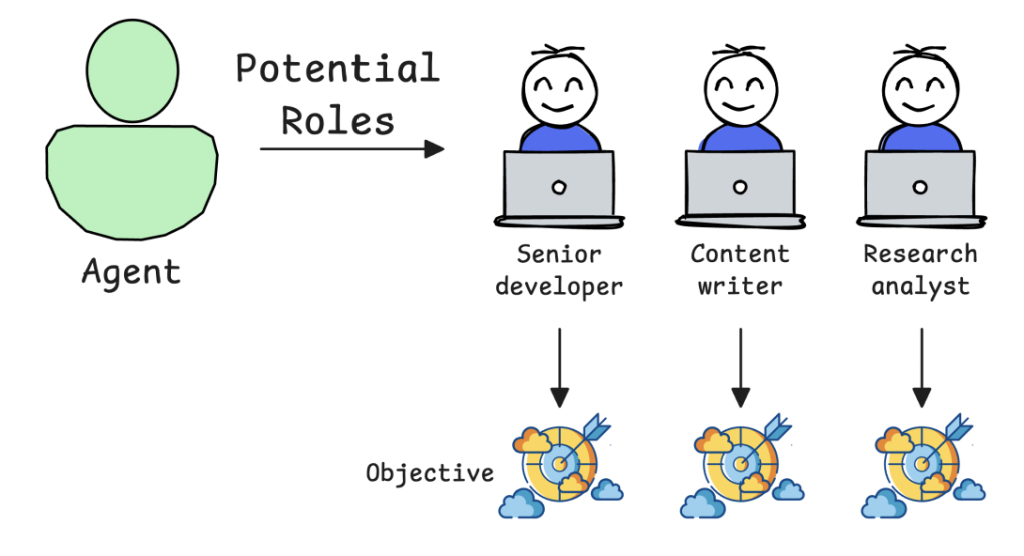
Overloading leads to confusion, inconsistency, and poor results.
For example, a marketing agent should stick to messaging, tone, and audience not pricing or market analysis.
Instead of trying to make one agent do everything, a better approach is to use multiple agents, each with a specific and narrow focus. Specialized agents perform better – every time.
3) Tools
Agents get smarter when they can use the right tools.
But more tools ≠ better results.
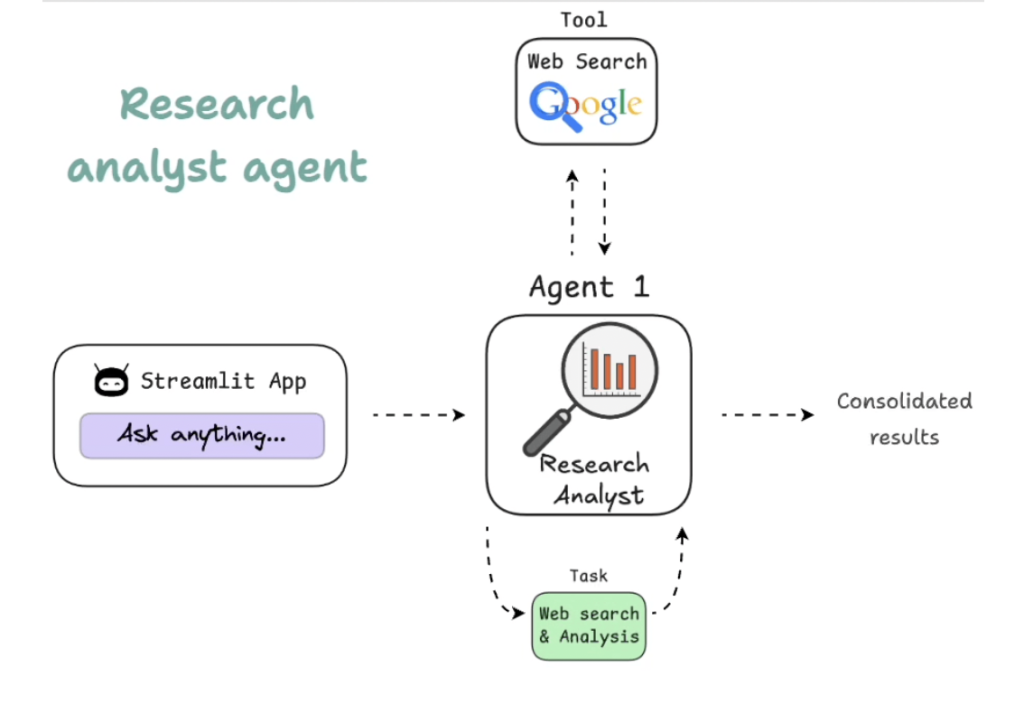
- A web search tool for retrieving recent publications.
- A summarization model for condensing long research papers.
- A citation manager to properly format references.
For example, an AI research agent could benefit from:
But if you add unnecessary tools—like a speech-to-text module or a code execution environment—it could confuse the agent and reduce efficiency.
4) Cooperation
Multi-agent systems work best when agents collaborate and exchange feedback.
Instead of one agent doing everything, a team of specialized agents can split tasks and improve each other’s outputs.
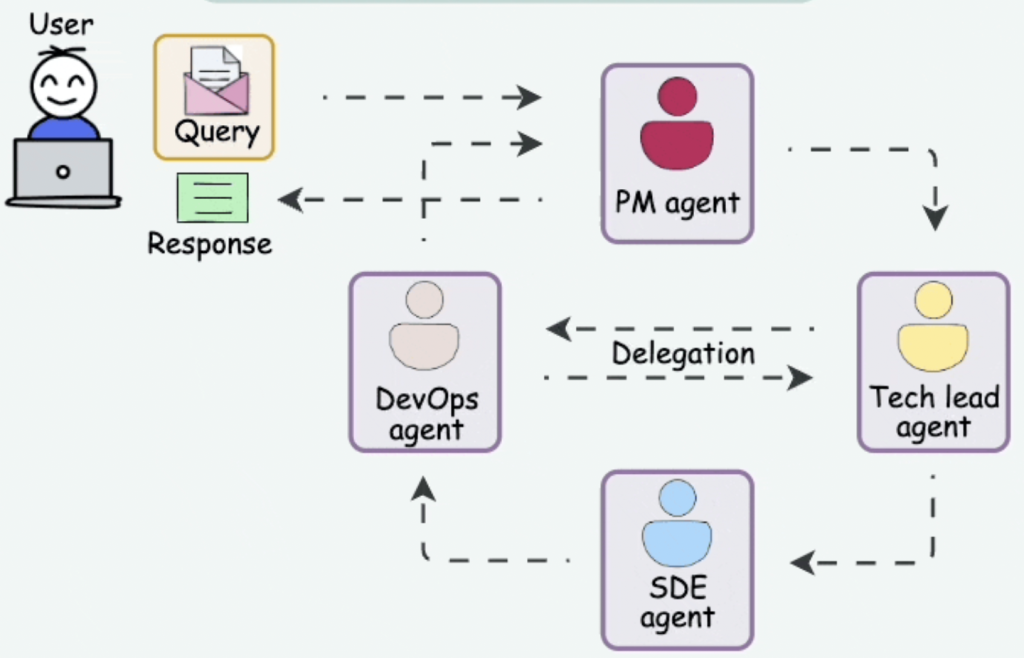
- One agent gathers data
- another assesses risk,
- a third builds strategy,
- and a fourth writes the report
Consider an AI-powered financial analysis system:
Collaboration leads to smarter, more accurate results.
The best practice is to enable agent collaboration by designing workflows where agents can exchange insights and refine their responses together.
5) Guardrails
Agents are powerful but without constraints, they can go off track. They might hallucinate, loop endlessly, or make bad calls.
Guardrails ensure that agents stay on track and maintain quality standards.
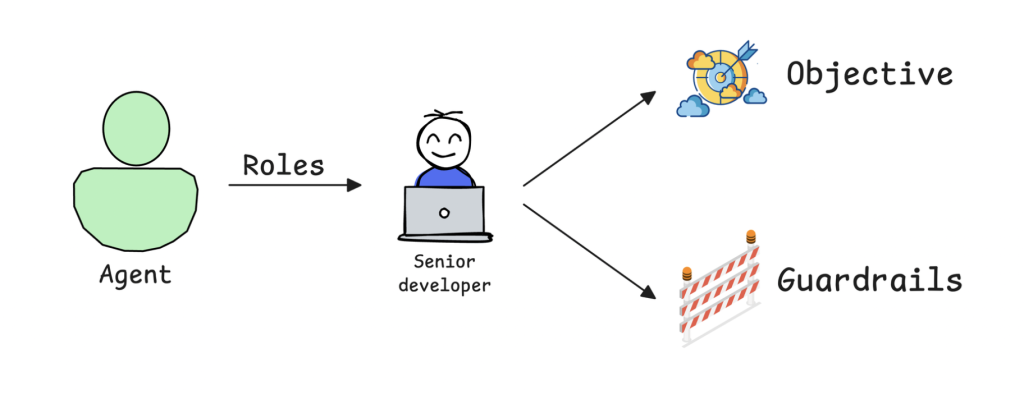
- Limiting tool usage: Prevent an agent from overusing APIs or generating irrelevant queries.
- Setting validation checkpoints: Ensure outputs meet predefined criteria before moving to the next step.
- Establishing fallback mechanisms: If an agent fails to complete a task, another agent or human reviewer can intervene.
Examples of useful guardrails include:
For example, an AI-powered legal assistant should avoid outdated laws or false claims – guardrails ensure that.
6) Memory
Finally, we have memory, which is one of the most critical components of AI agents.
Without memory, an agent would start fresh every time, losing all context from previous interactions. With memory, agents can improve over time, remember past actions, and create more cohesive responses.
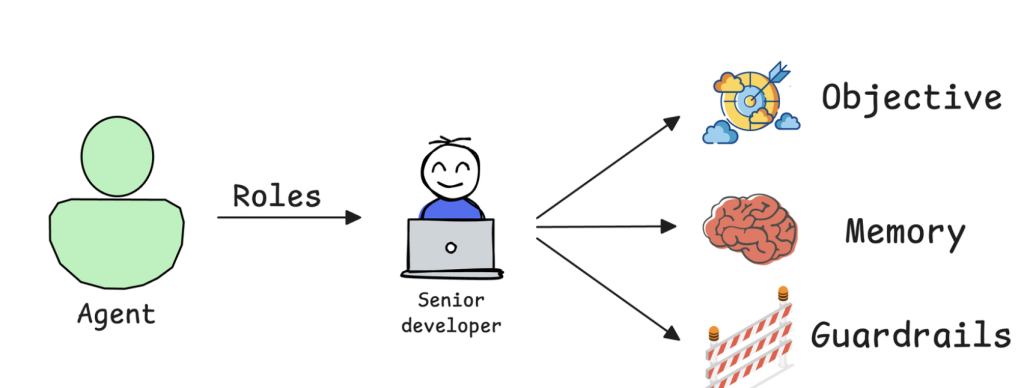
- Short-term memory – Exists only during execution (e.g., recalling recent conversation history).
- Long-term memory – Persists after execution (e.g., remembering user preferences over multiple interactions).
- Entity memory – Stores information about key subjects discussed (e.g., tracking customer details in a CRM agent).
Different types of memory in AI agents include:
For example, in an AI-powered tutoring system, memory allows the agent to recall past lessons, tailor feedback, and avoid repetition.
Stay subscribed to get more in the series @dailydoseofai


